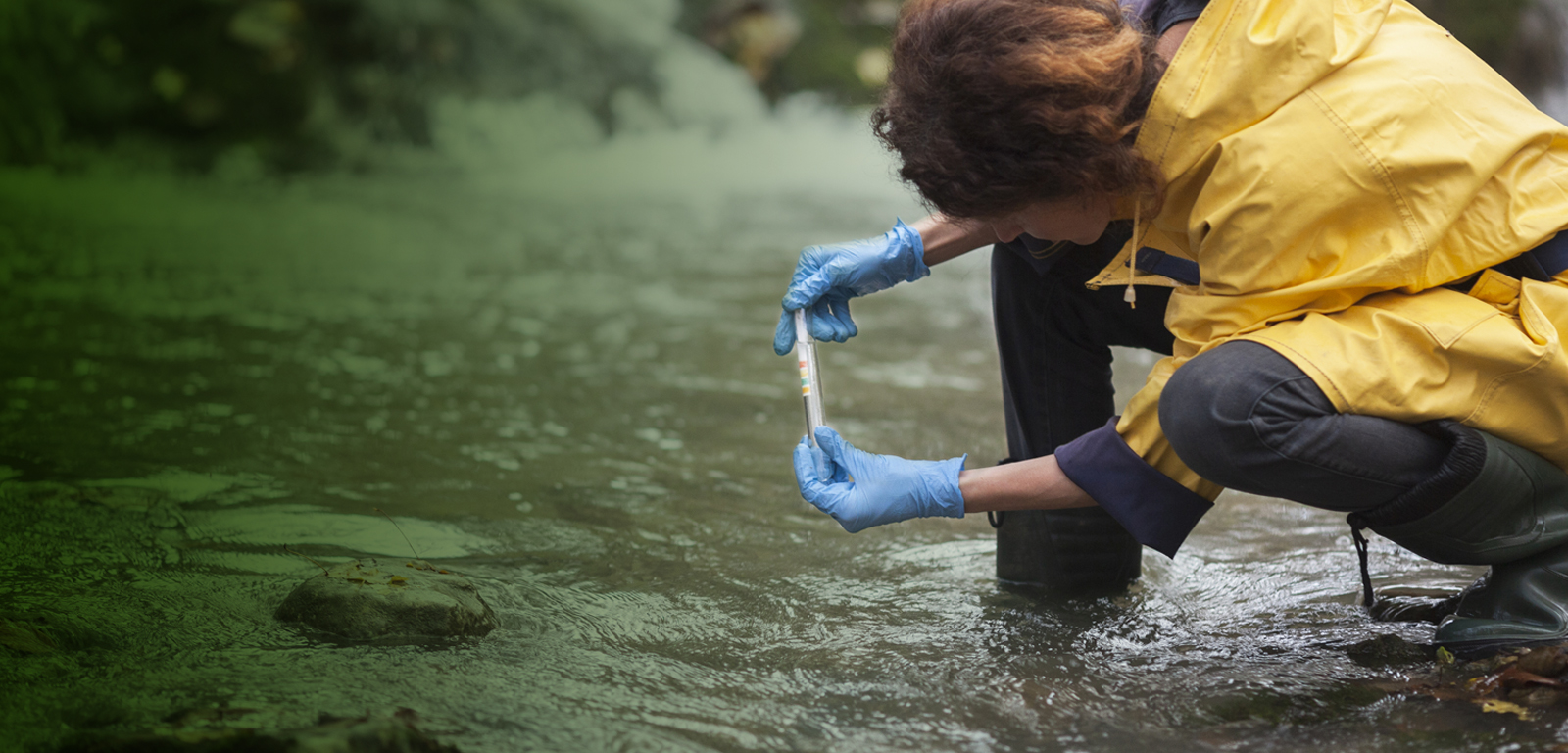Subject
Introduction to research activities
General details of the subject
- Mode
- Face-to-face degree course
- Language
- English
Description and contextualization of the subject
The topics covered will allow getting knowledge in main aspects the scientific method applied to the study of environmental contamination. Students will develop critical thinking and will be aware of the main mistakes produced in scientific research.Aims
¿ to introduce the students to the wide range of sampling techniques applicable to operational oceanography
Objectives
At the end of the Unit, you should:
1. Understand the current topics in environmental contamination and toxicology research.
2. Identify most active research groups in environmental pollution research
3. Identify the main research groups working in applied environmental research
4. Science communication Critical way of thinking Wide perspective of research issues.
Key Skills Acquired
At the end of the Unit, you should be able to:
1. Apply fundamental techniques for the culture of animal tissues
2. Produce functional analysis in cell cultures.
Teaching staff
| Name | Institution | Category | Doctor | Teaching profile | Area | |
|---|---|---|---|---|---|---|
| FERNANDEZ CUADRADO, LUIS ANGEL | University of the Basque Country | Profesorado Catedratico De Universidad | Doctor | Not bilingual | Analytical Chemistry | luis-angel.fernandez@ehu.eus |
| MADARIAGA MOTA, JUAN MANUEL | University of the Basque Country | Profesorado Catedratico De Universidad | Doctor | Not bilingual | Analytical Chemistry | juanmanuel.madariaga@ehu.eus |
Competencies
| Name | Weight |
|---|---|
| Que el estudiante conozca y comprenda los temas actuales en relación con la contaminación ambiental marina y la investigación toxicológica. | 25.0 % |
| Que el estudiante conozca la mayoría de los grupos de investigación activos en relación con la investigación de la polución ambiental marina. | 25.0 % |
| . | 25.0 % |
| Que el estudiante adquiera destreza en la comunicación científica y desarrolle el pensamiento crítico. | 25.0 % |
Study types
| Type | Face-to-face hours | Non face-to-face hours | Total hours |
|---|---|---|---|
| Lecture-based | 24 | 36 | 60 |
| Seminar | 5 | 7.5 | 12.5 |
| Workshop | 11 | 16.5 | 27.5 |
Training activities
| Name | Hours | Percentage of classroom teaching |
|---|---|---|
| Classroom/Seminar/Workshop | 26.0 | 42 % |
| Lectures | 60.0 | 40 % |
| Seminars | 14.0 | 36 % |
Assessment systems
| Name | Minimum weighting | Maximum weighting |
|---|---|---|
| OTROS | 0.0 % | 50.0 % |
| Practical tasks | 0.0 % | 50.0 % |
| Presentations | 0.0 % | 50.0 % |
| Written examination | 0.0 % | 50.0 % |
Learning outcomes of the subject
At the end of the Unit, you should:1. Understand the current topics in environmental contamination and toxicology research.
2. Identify most active research groups in environmental pollution research
3. Identify the main research groups working in applied environmental research
4. Science communication Critical way of thinking Wide perspective of research issues.
Temary
The following issues are addressed:1. The Theory of Knowledge
2. Research, Ethics and Society
3. Basic Research Methods
4. Scientific Documentation
5. Communication: Oral and Written
6. Creativity and Problem Solving
7. Research Funding
8. Research Outside the Academic World
Bibliography
Basic bibliography
Montello, D.R., Sutton, P. 2012. An Introduction to Scientific Research Methods in Geography and Environmental Studies (2nd edition). SAGE Publishing. ISBN 9781446200742Valiela, I. 2009. Doing Science: Design, Analysis and Communication of Scientific Research. Oxford University Press. ISBN 978-0195385731
Staddon, J. 2017. Scientific Method: How science works, fails to work, and pretends to work. CRC Press. ISBN 9781138295360


